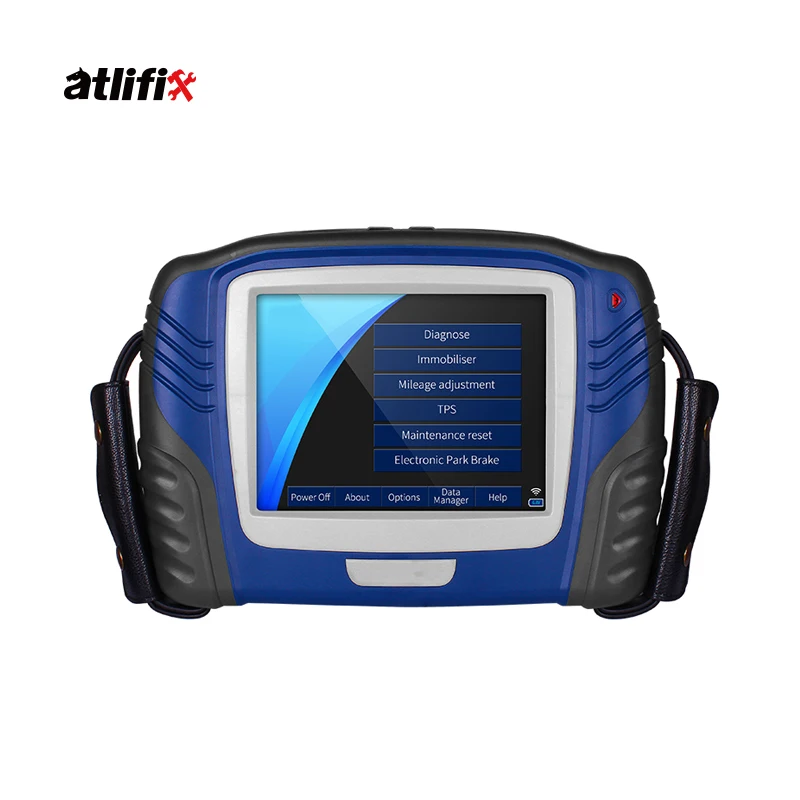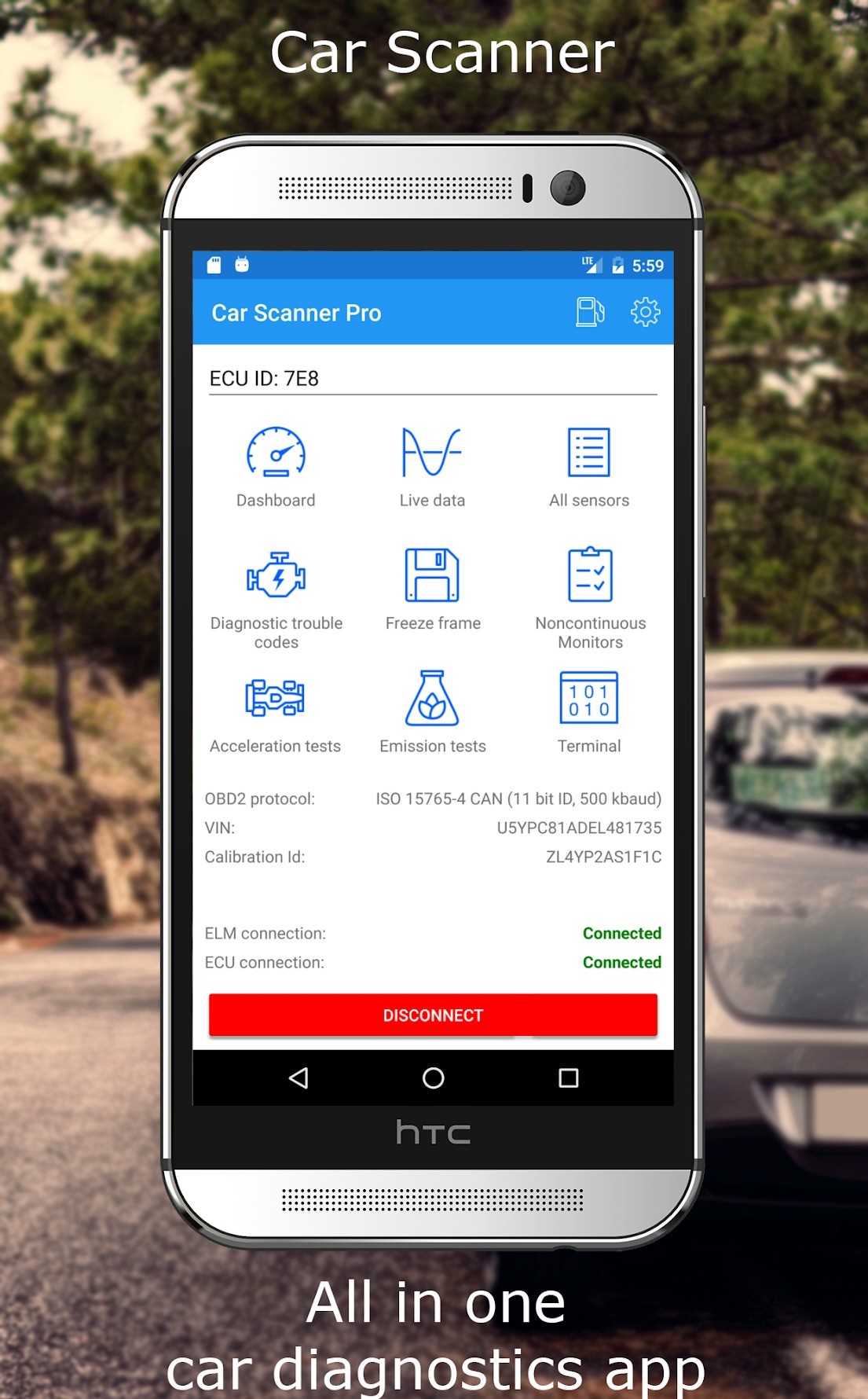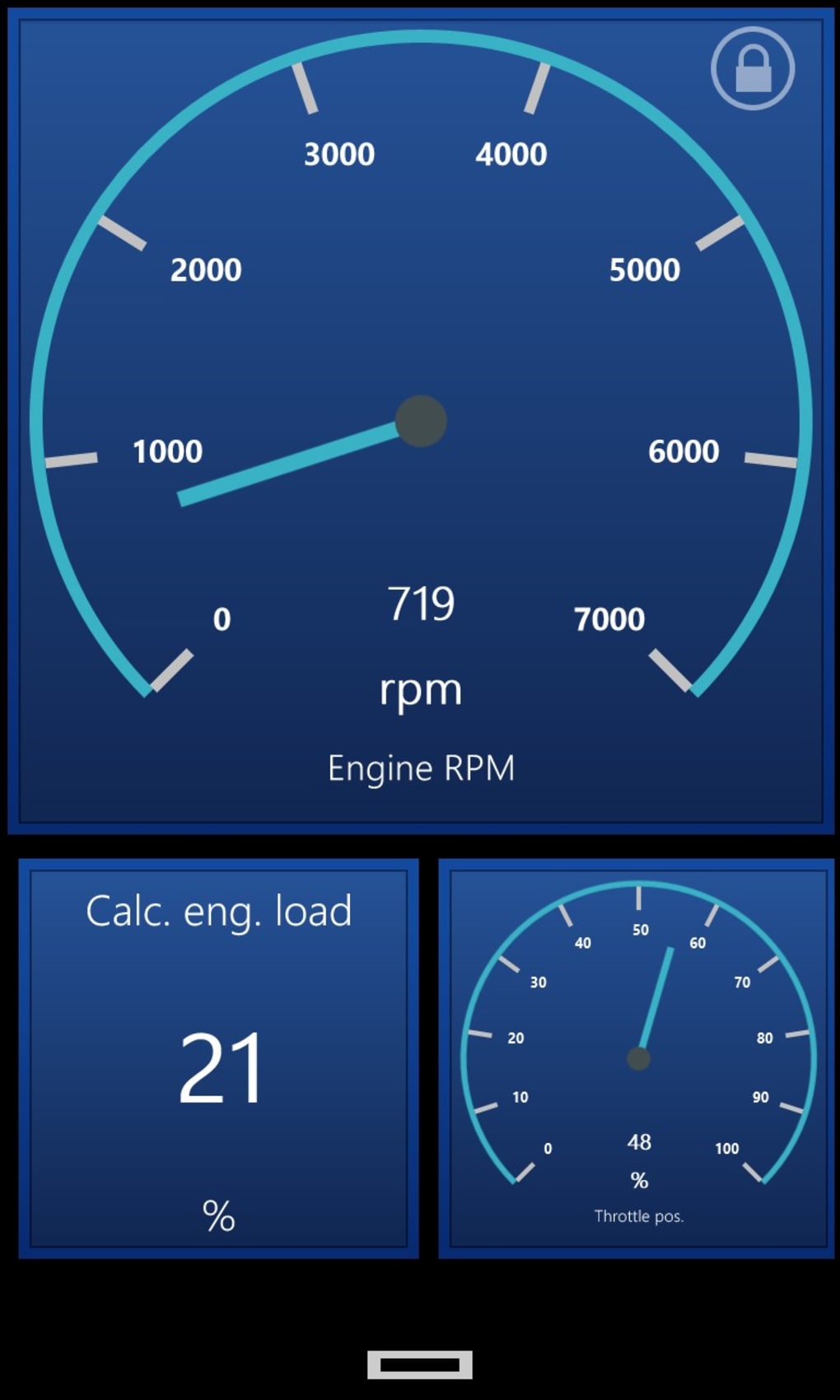
Which one is better? That comes down to user preference. Meanwhile, the speed and simplicity of corded scanners were definite advantages. With an app on your smartphone, further info is already in the palm of your hand.
Car scanner reviews Bluetooth#
Overall, we felt the interface and user experience were more accessible through Bluetooth scanners and their associated apps, but they did take longer to set up. We also tested both corded and Bluetooth OBD-II scanners. Some even are capable of doing nearly everything a dealer can do, including some programming. However, some DTCs, such as those for braking or chassis systems, can be automaker-specific, and you may need to investigate which scanners (if any) will communicate with your car's various onboard computers.

A number of DTCs, typically those related to the powertrain, are common across all vehicles and can be read by any scanner. The DTC will point you in the right direction, but it's up to you to investigate and unearth the real issue.
Car scanner reviews code#
This code will display alongside a short description that may or may not make any sense to you, akin to someone simply saying their hand hurts when in reality their pinky finger is broken. You can start the engine, but there is a risk that whatever the reason for the Check Engine light, it could damage components.Ī vehicle's error codes show as a five-digit Diagnostic Trouble Code (DTC). To access the information in the port, simply plug the scanner in and turn the key on, without the vehicle running. Some cars have them on the left side of the steering column others will locate the port on the right side. They can be tricky to find, but they're always accessible. Vehicles equipped with OBD-II typically have a port under the dashboard on the driver's side. If you find yourself wrenching on cars more than the usual garage gremlin, consider investing in one of these. Some even offer technical advice, common repairs, and Technical Service Bulletins (TSBs). Diagnostic scanners offer advanced component and module testing, allowing deeper investigation into that pesky Check Engine light. These are for DIYers who feel comfortable disassembling vehicular components and putting them back together. Display scanners are cheaper and less complicated to use, but they may lack many of the handy functions that diagnostic scanners provide.ĭiagnostic OBD-II scanners are serious auto repair tools, boasting far more diagnostic information than display scanners. You'll have to do some research on your own to figure out what that code means-and to determine your next steps. If you just want to read what the code is and see some limited vehicle data, these are the scanners to get. During our testing, we came up with two unofficial categories: display and diagnostic OBD-II scanners.ĭisplay OBD-II scanners simply show error codes. OBD-II scanners vary greatly in price, ranging from tens of dollars to thousands. Show more Things to Consider When Shopping for an OBD-II Scanner Instead, we focused on consumer OBD-II scanners meant for garage warriors like us, who just want to know what the error codes are-and what to do next.

Car scanner reviews professional#
To help you decide which one is right for you, we selected a variety of OBD-II scanners at various price points and ran them through the Gear Team testing garage.įor this test, we omitted any wildly expensive scanners, as those are geared toward professional repair technicians. As with most gadgets, the more you pay the more features you'll get. Instead of paying a tech to plug an OBD-II scanner into your car and tell you what's wrong with it, you can take a look at the codes first-if you have the right OBD-II scanner.īut which one should you buy? There are huge price differences between OBD-II scanners, which can cost from less than $20 up into the thousands. These days, consumers can easily access this information, potentially saving hundreds of dollars on trips to the mechanic. This is how the pros determine what's wrong with your car when that check-engine light mysteriously lights up. OBD-II uses a port that allows communication with a vehicle's onboard computers, providing critical insight to mechanics and technicians on the internal workings of the vehicle.

In 1996, OBD (On-Board Diagnostics)-II became mandatory for all cars sold in the United States. It can also feel a little scary: Does it mean your ride is headed for the scrapyard? Or is there a simple fix? Without an expensive trip to a repair shop, there's really only one way to find out: an OBD-II scanner. Seeing your vehicle's check-engine light come on can throw a wrench in your travel plans.


 0 kommentar(er)
0 kommentar(er)
